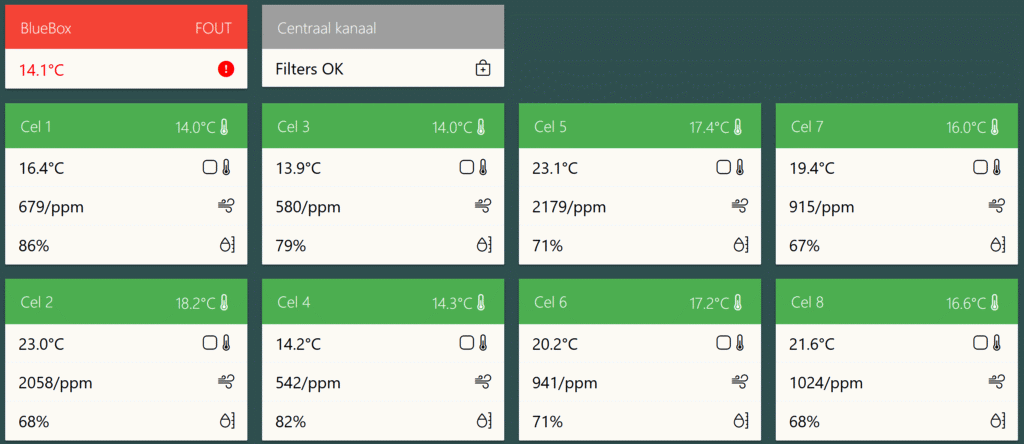
NPO De Kromme Boom (Free)
Over the past few months, I have been working on a project revolving around real-time data processing in industrial automation. Combining a Raspberry Pi, Django, MQTT, and PLC software, I have built an application that reads and shares temperature, CO2 levels, humidity, and other important data in real time. In this project, I give a glimpse into the construction of this application, the challenges, and future plans.
The Problem: Real-time Monitoring and Data Exchange
Modern industrial processes rely heavily on sensors and data to ensure quality and efficiency. Being able to monitor variables such as room temperature and product temperature is essential. Often there are existing PLC systems in place to store this data, but linking all these systems to a clear application that shares and accesses the data in real time is a challenge in itself.
This is where my project came in: I wanted to develop a solution that could read, process and share data in real time, with the ability to easily connect new applications in the future.
And this not only locally but from what world part the business owners are located (vpn)
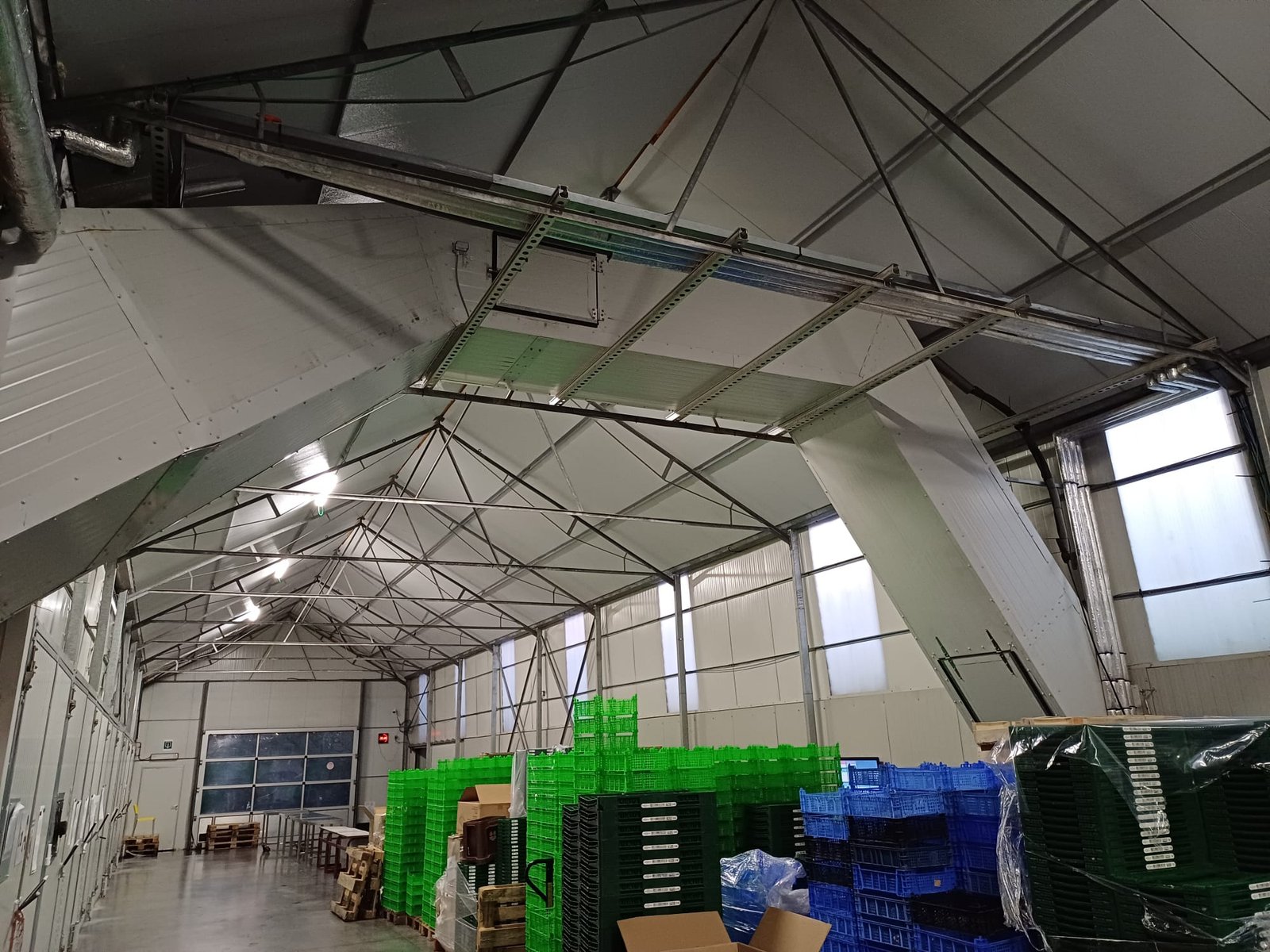
The Solution: A Django Application with a Microservices Architecture
The core of my solution consists of a Django application that communicates with existing PLC software to retrieve sensor data. By using a Raspberry Pi as the hardware platform, I was able to keep the solution compact and efficient.
The core of my solution consists of a Django application that communicates with existing PLC software to retrieve sensor data. By using a Raspberry Pi as the hardware platform, I was able to keep the solution compact and efficient.
Real-time Data Processing: The application reads values such as room temperature, product temperature, CO2 levels and humidity. This data is immediately processed and prepared for use by other applications.
Microservices architecture: Although the application currently runs on a single platform, it was built with a microservices architecture in mind. This makes it easier to add new services or modules in the future, for example, to analyze specific data or send notifications.
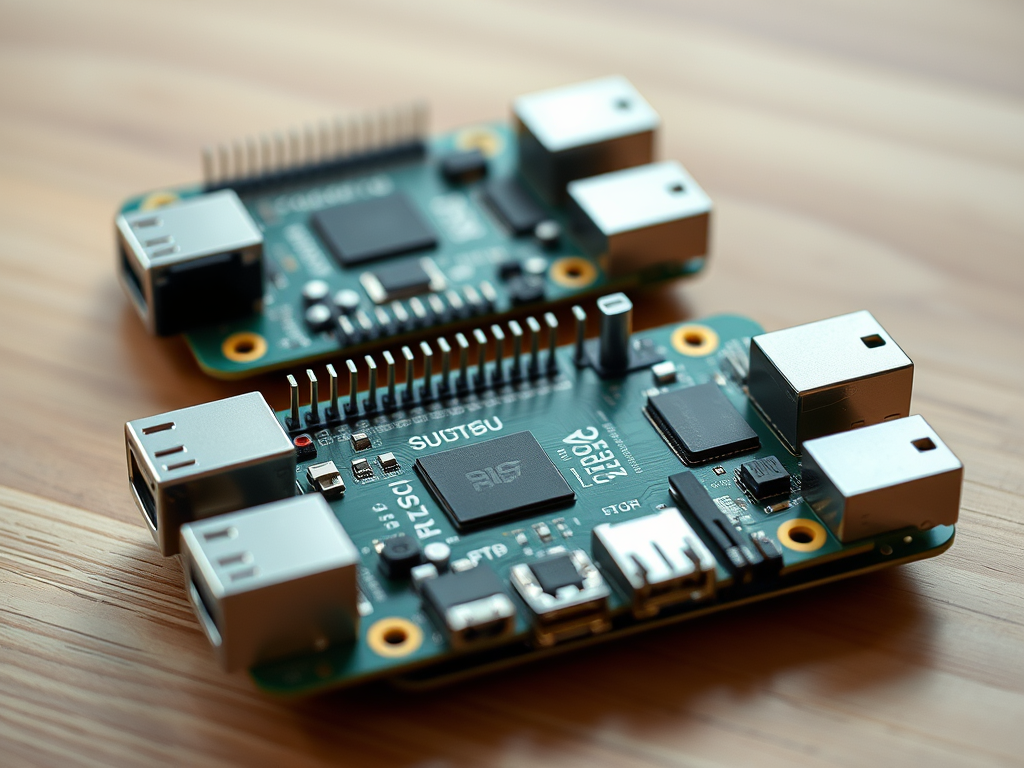
MQTT as the Core of Data Exchange: The Raspberry Pi acts as an MQTT broker, meaning that other applications can easily query data or subscribe to specific sensor data. This makes integration with new systems in the future easy and flexible.
Reliability: Because the application runs on a Raspberry Pi, I had to account for possible failures. The application is designed to restart itself in case of a failure and keeps logs to analyze and troubleshoot problems.
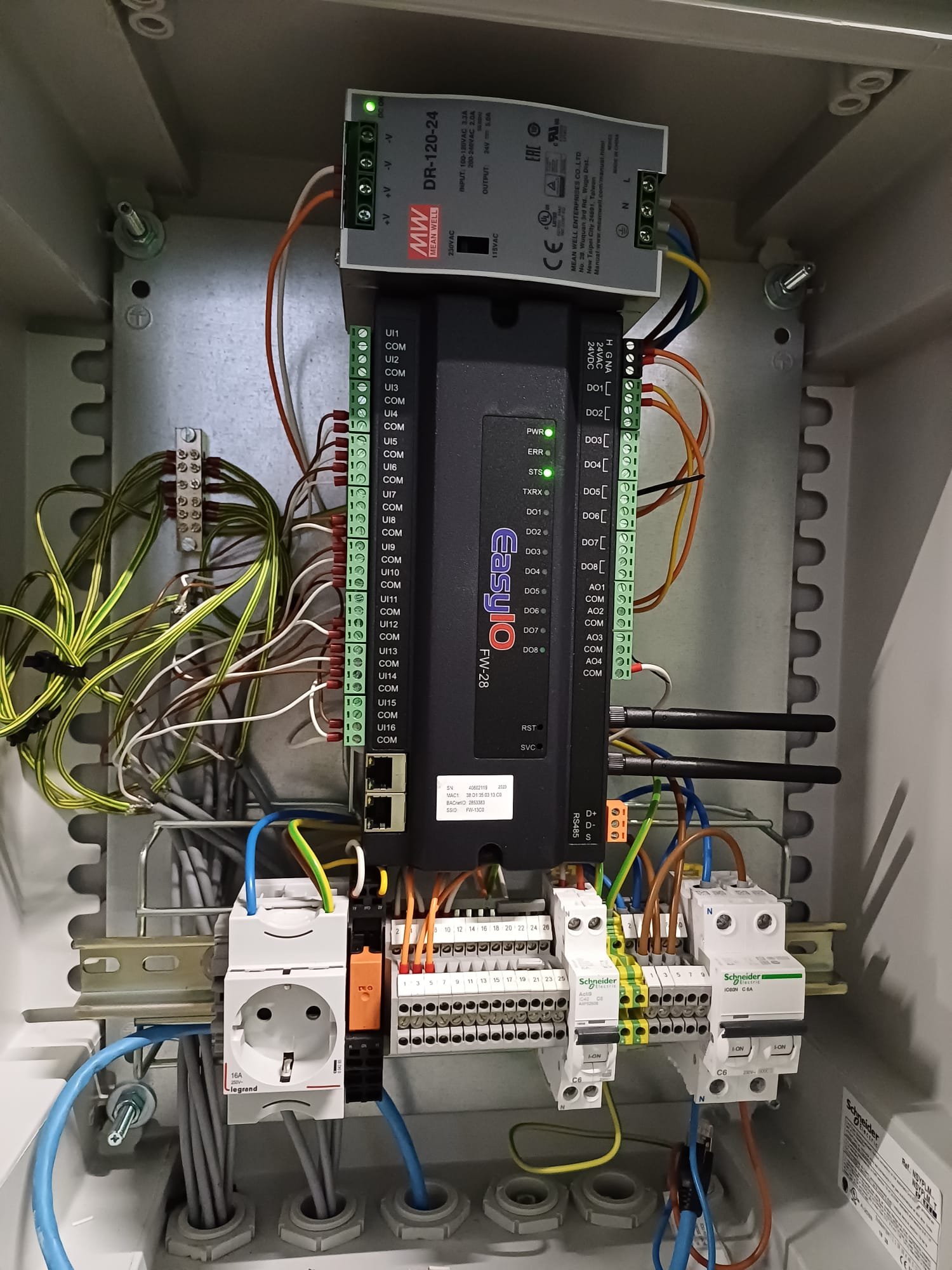
Technologies Behind the Project
- Django: As the backend for processing and storing the data.
- Raspberry Pi: Used as an inexpensive and reliable platform to run the application.
- Respberry PI as MQTT: The communication protocol for data exchange between different applications.
- PLC software: The software that reads data from sensors and makes it available to the application.
By combining these technologies, I created a scalable and flexible system ready for future expansion.
Challenges and Learning Points
Building this application was not without controversy. Here are some of the main challenges and lessons I learned:
- Integration with PLC software: Communicating with existing PLC software proved more complex than expected, especially when synchronizing data in real time. I learned that a good knowledge of the PLC’s communication protocol is essential together with sockets
- Reliability on the Raspberry Pi: Maintaining reliability on a small and cost-effective platform like the Raspberry Pi required creativity and problem-solving skills, such as implementing an automatic restart feature + backups.
- Designing microservices architecture: Although the application is currently a modular monolith, I have learned a lot about designing a system with microservices in mind, especially in terms of modularity and scalability. It is ready to make a full transition go well and quickly.
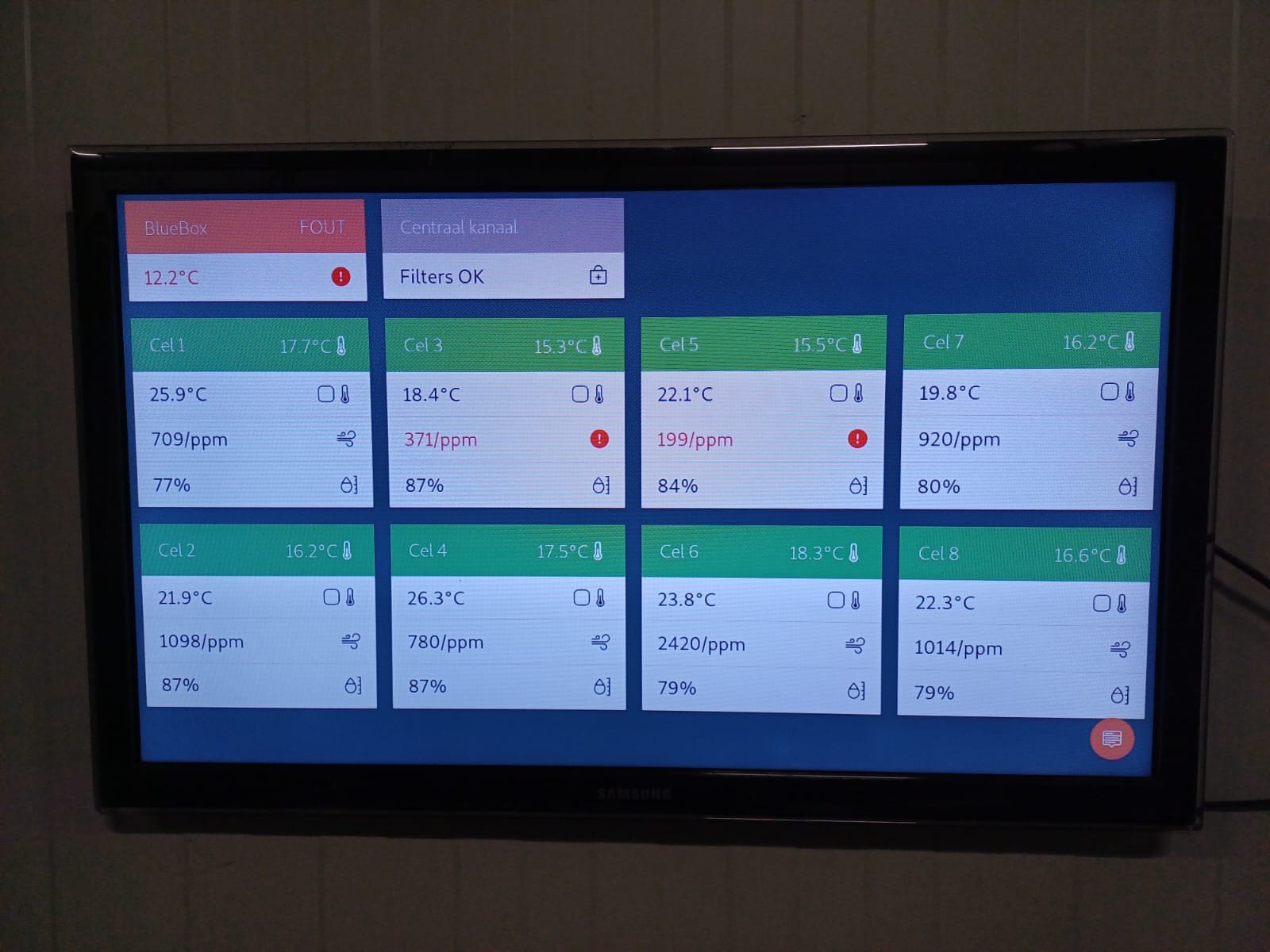
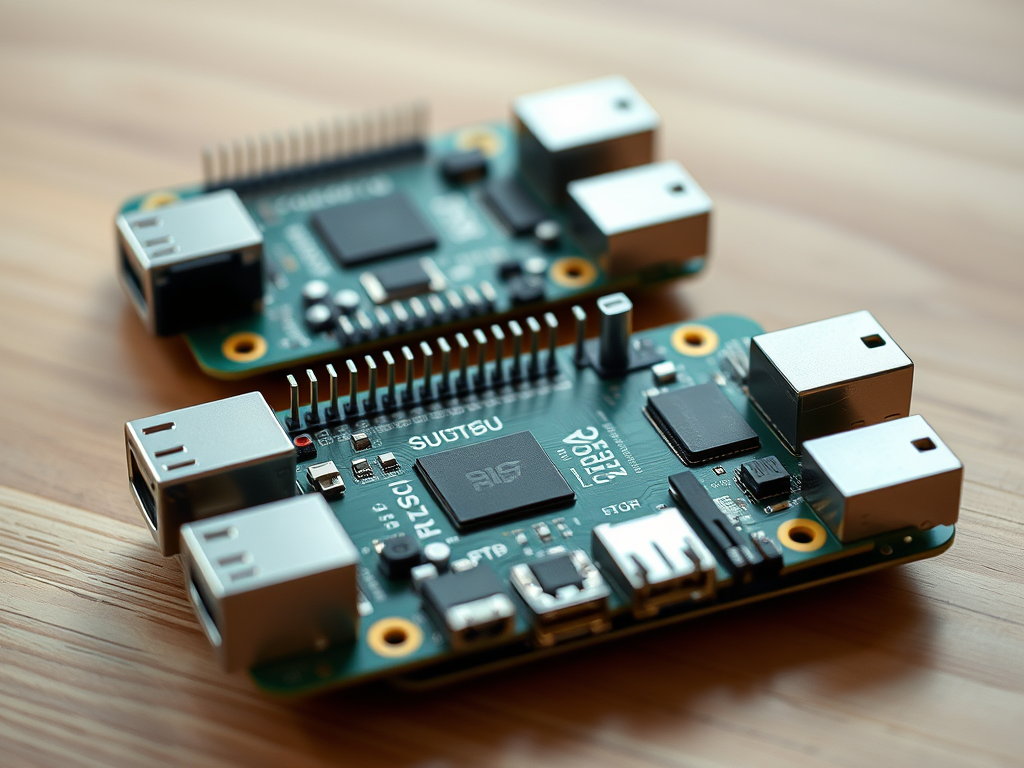
Future plans
Although the application is now running stably, there are several extensions that I would like to implement in the future:
- Full microservices extension: By further developing the microservices architecture, the application can more easily communicate with other applications without dependence on a central server.
- Interface and Visualization: I want to build a user-friendly interface for data visualization so that users can see important trends and alerts at a glance.
- Here I learned “don’t reinvent the wheel” but use Grafana dashboards!
- Docker and containers with backups and safety for unexpected failures
Conclusion
This project is a great step towards efficient and scalable real-time monitoring in industrial environments. By using Django, MQTT and Raspberry Pi, I have built a platform that is ready for future expansion and can be easily integrated with new applications.
It was a learning experience where I discovered a lot about data processing and the integration of different systems. I am looking forward to further improving and expanding this project with new features!
Discover the possibilities
Are you part of a small NPO committed to helping others? We believe in the power of collaboration and are ready to support NPOs that want to make social impact. Whether you need help with organization, technology, or expanding your network – we are happy to think with you and find ways to grow together.
Is your company looking for meaningful collaborations with social impact? We like to work with companies that want to commit resources to support NPOs and social projects. With your expertise, resources or financial support, together we can address societal challenges and make a lasting difference.
Let’s join forces and build a better future . Interested? Get in touch and find out how we can make an impact! – let’s make a difference together!
